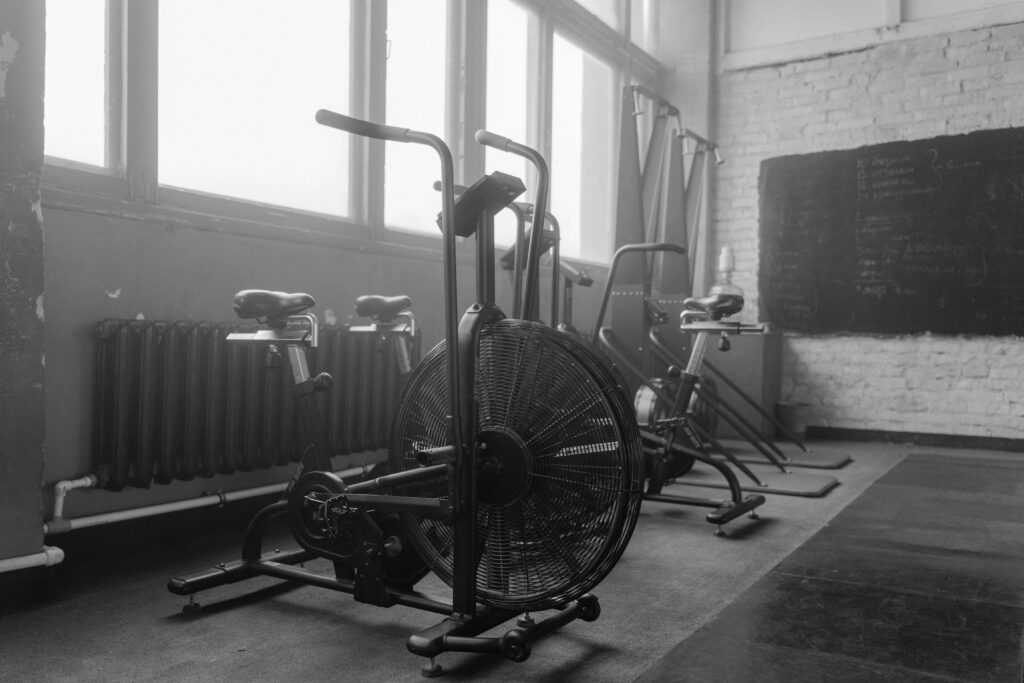
Can You Improve Conditioning with Fewer Workouts?
Life gets busy. Between work, family, and everything else competing for your time, squeezing in workouts can feel impossible. Many believe that if they can’t train four or five times a week, their progress will suffer. But what if that’s not actually true? A recent study shines a light on how training frequency may not be as important as we once thought, challenging conventional wisdom on the best way to improve cardiovascular fitness.
The study by Tripp et al. (2025) aimed to evaluate whether lower training frequency could still yield significant cardiovascular adaptations when volume was equated. The researchers recruited sedentary to recreationally active adults and split them into two groups:
- High-Frequency Group (HF): Trained four times per week with shorter, evenly distributed workouts.
- Weekend Warrior Group (WW): Trained twice per week but with longer, higher-volume sessions to match the total weekly workload of the HF group.
Both groups did a mix of continuous and interval cycling each week. The training protocols were matched for relative intensity and total volume, meaning both groups did a similar amount of work over the eight weeks with the only difference being the distribution of that work.


What This Study Really Tells Us
After eight weeks, both groups saw similar improvements in V̇O₂max (~10%), with differences falling within the non-inferiority margin (3.5 mL/kg/min). This means the Weekend Warrior approach was not inferior to the High-Frequency model in improving aerobic capacity.
Additionally, both groups saw increases in power output at key submaximal thresholds, reinforcing that training frequency was not the primary driver of fitness gains when total volume was controlled.
Beyond performance, physiological adaptations were notable:
- Hemoglobin (Hb) mass increased by ~2%.
- Blood and plasma volume expanded by ~5%.
- Red blood cell volume rose by ~2%.
These adaptations enhance oxygen delivery, a crucial factor for endurance performance. However, oxygen delivery is only one piece of the puzzle. The muscles must also efficiently utilize oxygen. The study found a ~23% improvement in muscle oxidative capacity in the vastus lateralis, with most gains occurring in the first four weeks. This suggests that skeletal muscle adapts rapidly to increased training stress, regardless of weekly training distribution.
Exercise Performance and Fatigue
How did these adaptations translate to real-world endurance? Researchers tested time to exhaustion at a high-intensity effort level. Both groups extended their time at a severe-intensity workload with no significant difference in their rate of improvement.
However, the Weekend Warrior group faced a trade-off:
- Each session required greater per-session workload, which could increase fatigue and recovery demands.
- Those who opted for fewer, longer sessions had to push harder in each session to match total weekly volume.
For athletes or individuals with limited time, this suggests a viable but demanding alternative. However, recovery must be carefully managed to prevent excessive fatigue and overuse injuries.

Implications for Everyday Athletes
For those balancing work, family, and training, this study delivers a powerful message: You don’t have to train five days a week to see real cardiovascular improvements. Strategic programming with fewer but well-structured sessions can still drive significant adaptations.
However, there are key considerations:
- Recovery: Longer, more intense sessions require more recovery time. If training only twice a week, prioritize sleep, nutrition, and mobility work.
- Session Design: With fewer training days, each session must be well-structured, balancing intensity, duration, and volume.
- Personalization: Not everyone thrives on fewer, high-intensity sessions. Experiment with different frequencies and workloads to find your ideal balance.
Applying This Research to Your Training
- Prioritize Total Training Volume
- Instead of focusing on how many days you can train, focus on how much total work you need to accomplish. If you train twice a week, ensure those sessions are structured properly with enough intensity and duration.
- Manage Recovery Demands
- Fewer, more intense sessions mean you’ll need to emphasize recovery strategies like sleep, nutrition, and mobility work to avoid injury and burnout.
- Customize Your Approach
- Some people may thrive on lower frequency, high-intensity training, while others need a more consistent schedule with moderate sessions. Find what works best for your body and lifestyle.
Who Benefits Most from Each Approach?
- Busy Professionals: If your schedule doesn’t allow for daily training, focus on two or three high-quality sessions per week with adequate volume.
- Hybrid Athletes: If you balance strength and endurance, fewer conditioning sessions may free up more time for recovery and strength work without sacrificing aerobic fitness.
- Weekend Warriors: If weekends are your only time to train, longer endurance sessions can still deliver significant cardiovascular benefits—just ensure you manage fatigue.
Final Thoughts
The idea that frequent training is necessary for cardiovascular improvement isn’t entirely true. Consistency, total training volume, and intensity matter far more than how many days you train. If you’re struggling to fit multiple workouts into your week, this research should give you confidence that fewer, well-planned workouts can still yield impressive results.
That said, higher-frequency training may still benefit movement efficiency and long-term adaptation, particularly for endurance sports. The best strategy? Tailor your approach to your goals, recovery capacity, and lifestyle.
The takeaway? Train smarter, not harder. Optimize your training frequency to match your needs while ensuring you accumulate the necessary training volume to see results.




